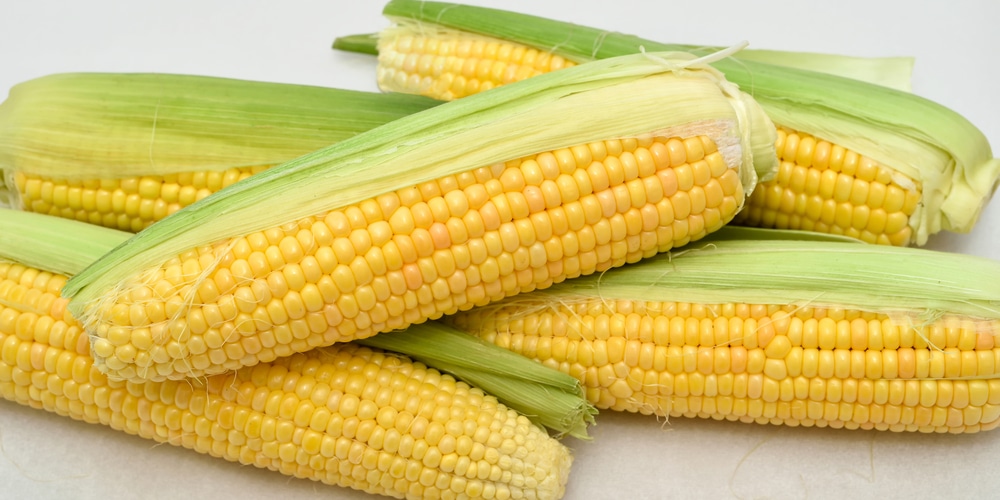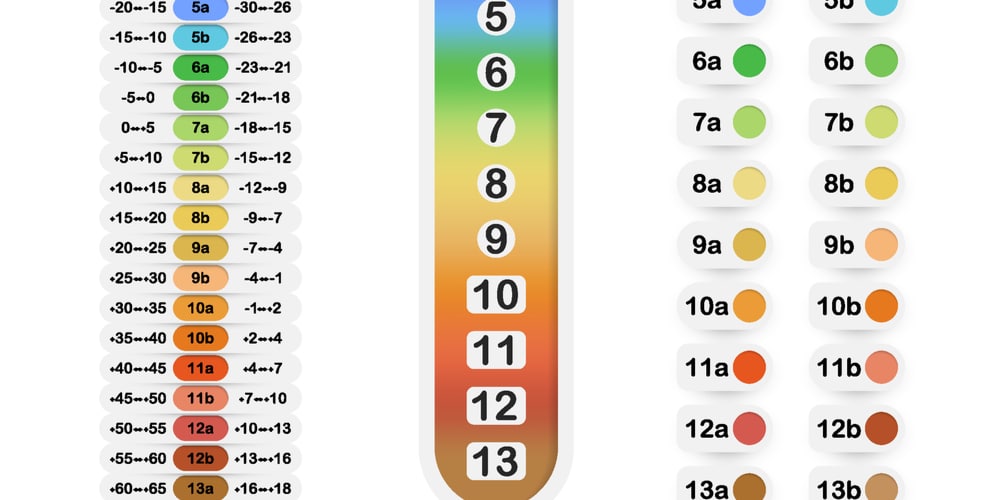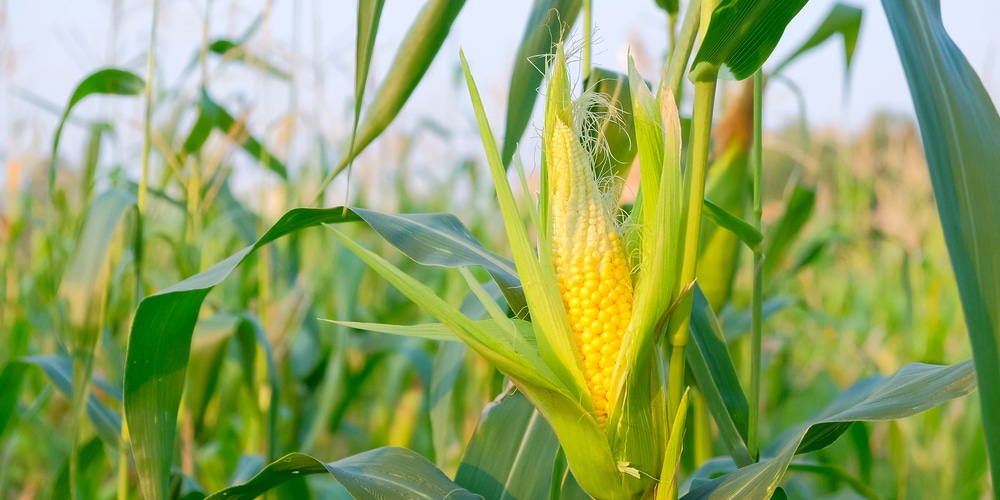It’s that time of year again folks, when we all start thinking about planting times, so we get it just right! And one plant that often needs more support than most in that department is corn. So today we’ve decided to focus on when to plant corn in Kentucky, so you can find out everything you need to know to give your crop the best chance of survival.
Which, as we all know, is sort of the most important thing if you’re planning on throwing some home-grown corn on the barbecue next time you have friends over! If you’re ready, then, to find out more, we’ll meet you below!
Making Sure Your Corn Will Be Happy
In Kentucky, the weather is usually pretty good for corn growing. In fact, it’s almost perfect. That doesn’t mean you’ll not face any challenges (after all, corn is especially susceptible to frost and it’s not a fan of direct heat from the sun all day long either), but there’s no denying that as a state, Kentucky is a pretty good place to grow corn.
But in order to make sure the corn is happy, you’ll need to check a few things out so you’re ready for a bountiful harvest. The first thing to consider are the USDA’s hardiness zones designated to different cities and counties in the state.
USDA Hardiness Zones
If you’re not familiar with hardiness zones, then basically they’re a very general guide to plant growing in different areas. Certain plants prefer to grow in certain hardiness zones (based on the climate, temperatures, soil conditions, rainfall, etc., of a given area). Knowing what your plant needs and knowing what hardiness zone your growing in can be the difference between a successful crop and an utter failure.
But don’t worry, knowing your hardiness zones is easy enough. You can just type in ‘Kentucky hardiness zones’ online, find where you live, and you’ll be able to see the hardiness zone. Because we’re trying to give general advice to the entire state of Kentucky today (you’re welcome – don’t say we don’t do anything for you), we just had a quick scan down the list.
From what we could see, hardiness zones in Kentucky range from a 5b to a 7a (but there will no doubt be exceptions to that we’ve accidentally missed along the way). Now all that’s missing is what corn likes…
And corn generally is happy to be grown in a pretty big range of hardiness zones – from 4 to 8. Again, from what we could see quickly scanning down the USDA hardiness zone list, that covers most (if not all) of Kentucky. So really, Kentucky is a prime location for corn growing. But that still leaves one unanswered burning question…
When Is It Best To Plant Corn In Kentucky?
It’s always difficult to give an exact date to these sorts of questions, because with corn, temperature is EVERYTHING! If you get it wrong by even a few days, the frost might come back, surprise you, and kill the entire corn crop. That’s how sensitive corn is to colder temperatures. And if the soil temperature isn’t at 50 degrees Fahrenheit or more, then forget about planting the corn seeds at all, because they just won’t germinate at temperatures below this threshold.
But with all that being said, it is possible to give you a window of possibility, when planting conditions are usually just right for your corn to grow well and yield the best crop possible.
All you really need to know is when the last frost is. After that, just wait for two weeks. In Kentucky, it’s generally considered safe after two weeks, because the likelihood of a surprise last-minute frost is much reduced after this time. Besides, two weeks after the last frost in Kentucky is usually when you start to see noticeable differences in temperatures for yourself – and if you’re enjoying the warmer weather, then your corn will too!
For completely accurate advice, just keep an ear on your local weather updates. As soon as the last frost is announced, start checking off your calender for two weeks and then plant. For a more general reference, you should probably aim to plant corn in Kentucky around the beginning to the middle of May.
Really, though, if you just stay up to date with your weather forecasts and plant corn when it’s noticeably warmer (and looking to stay that way) you should end up with a good crop to enjoy because Kentucky is one of the best places for corn growing!


